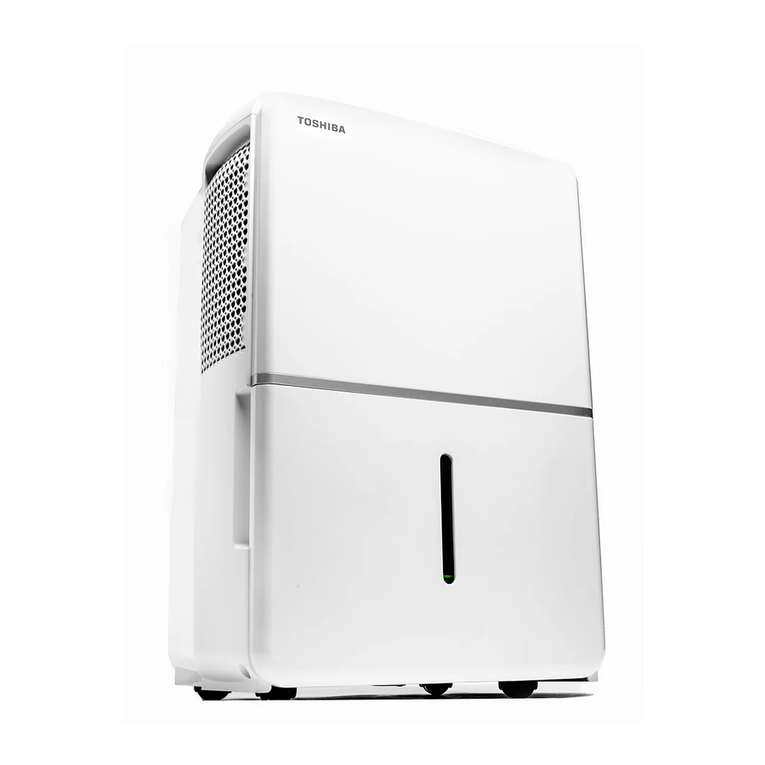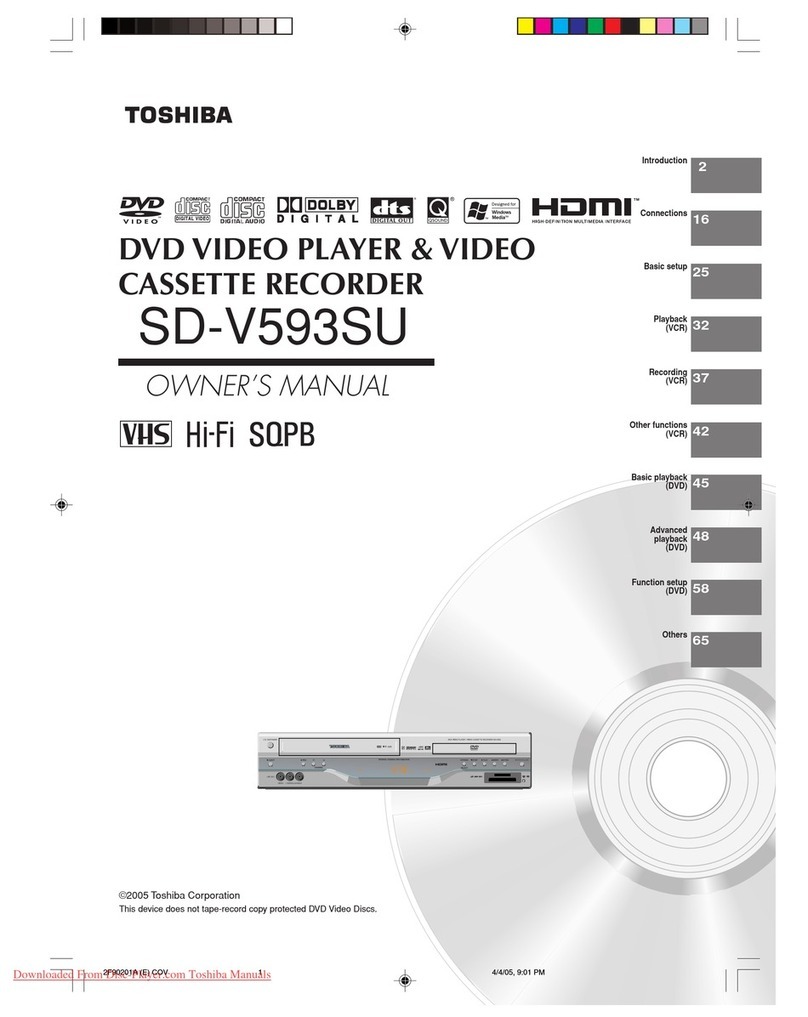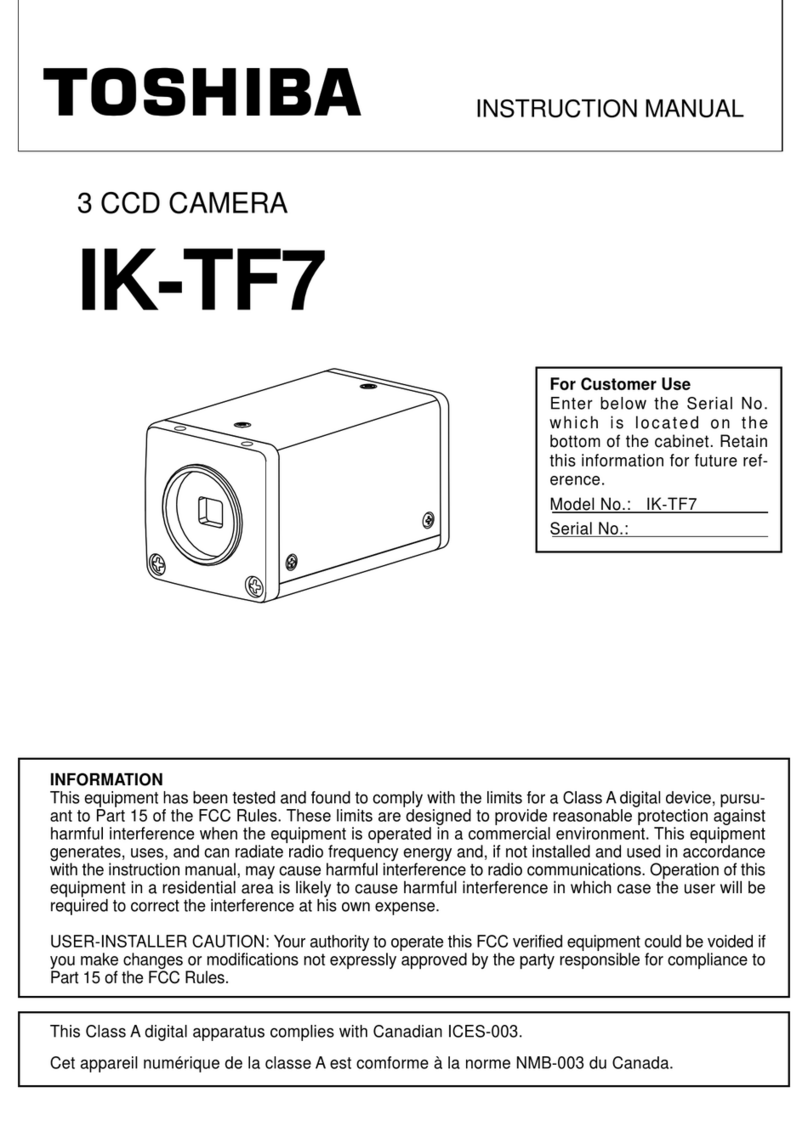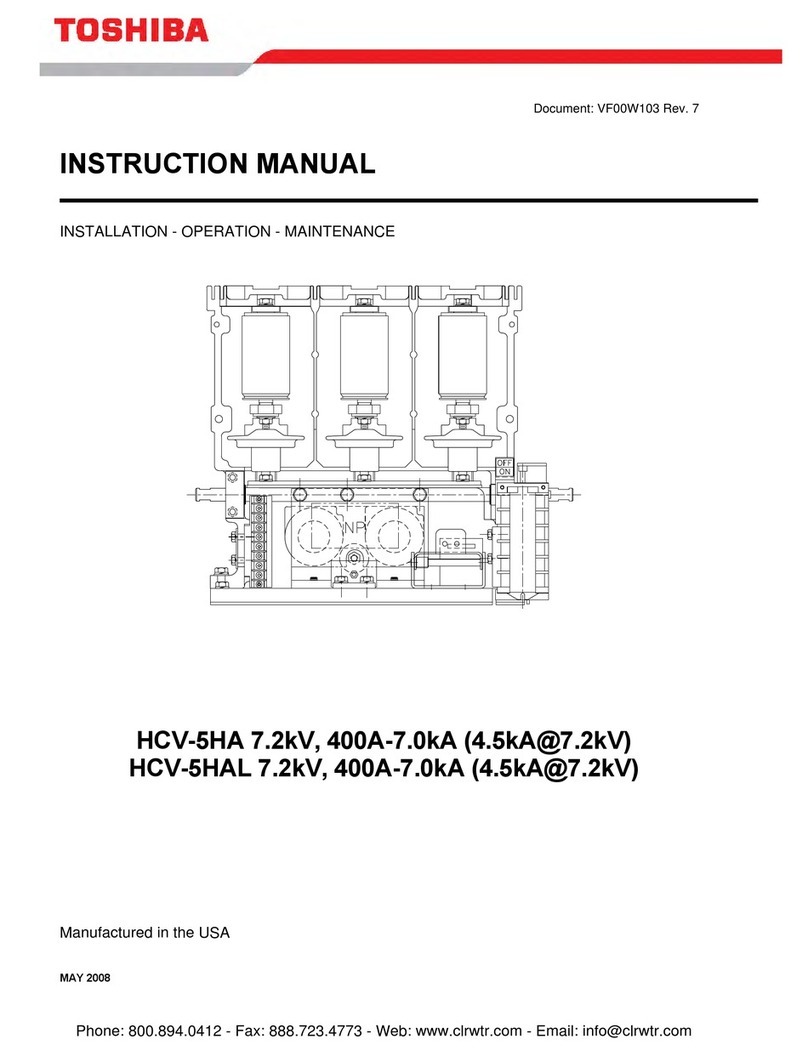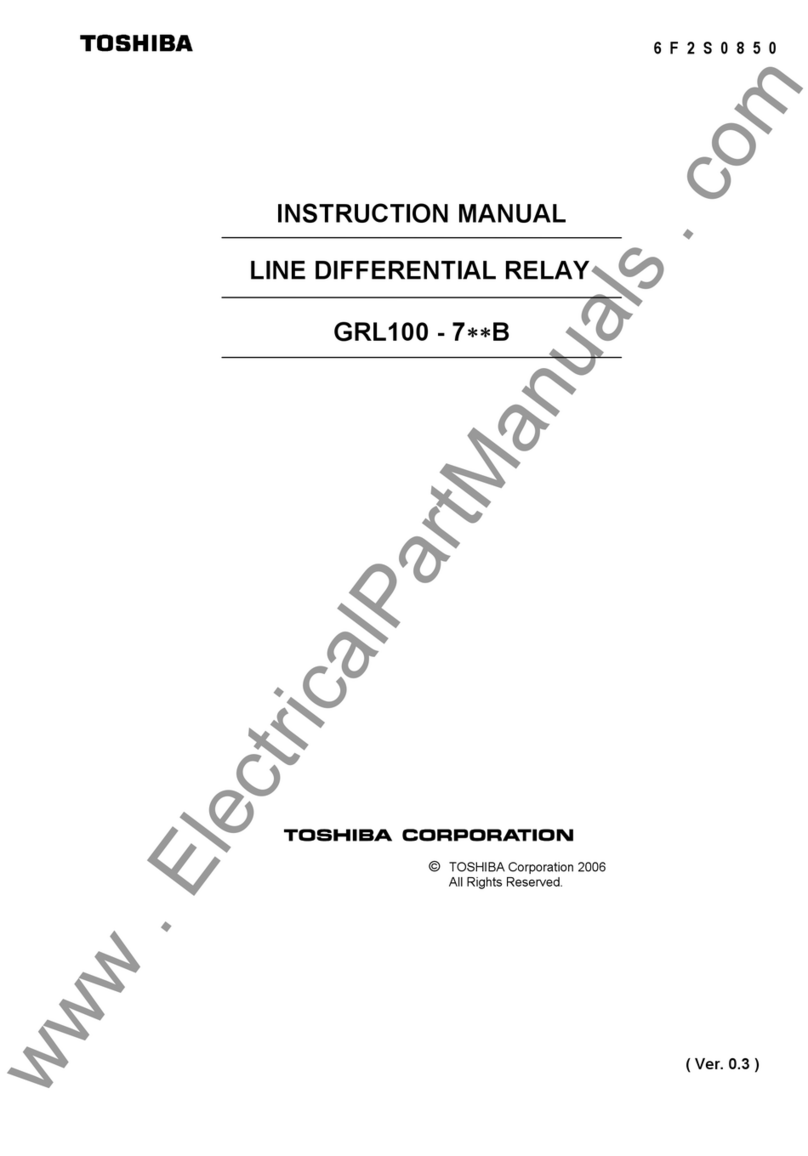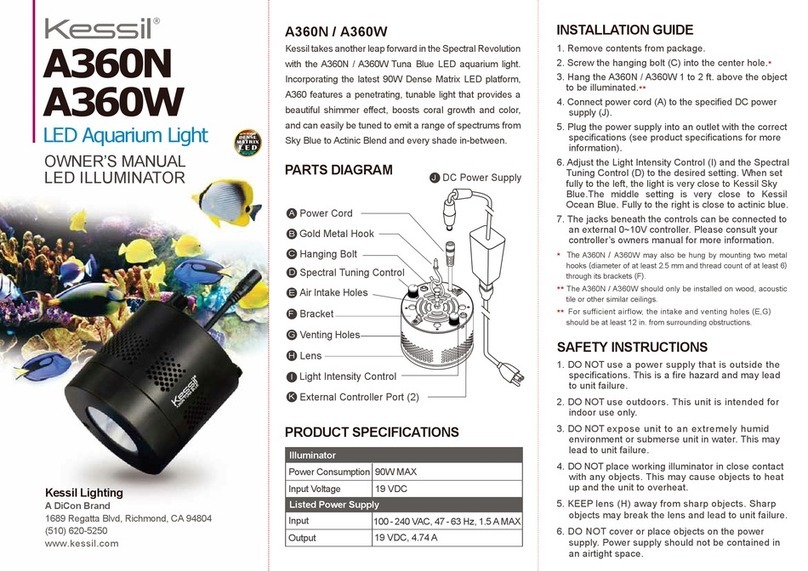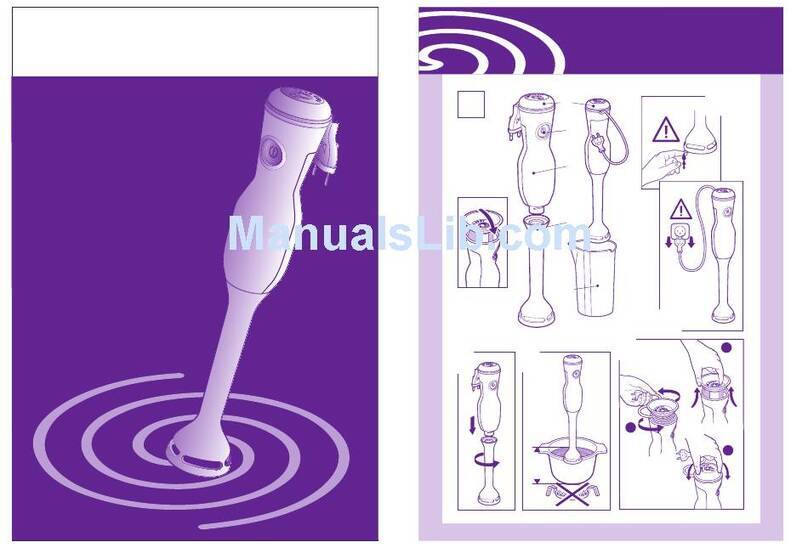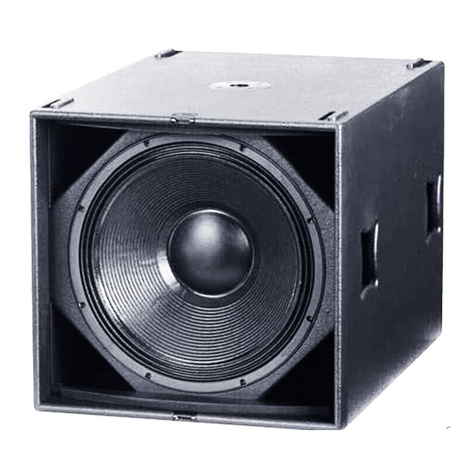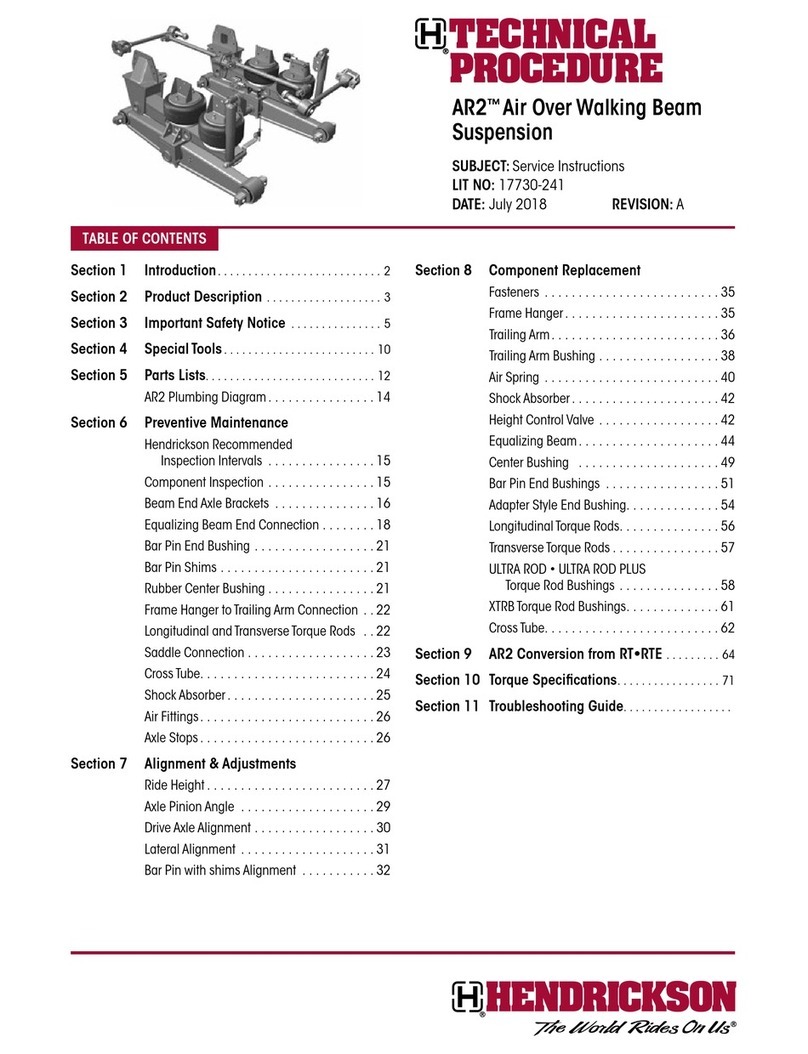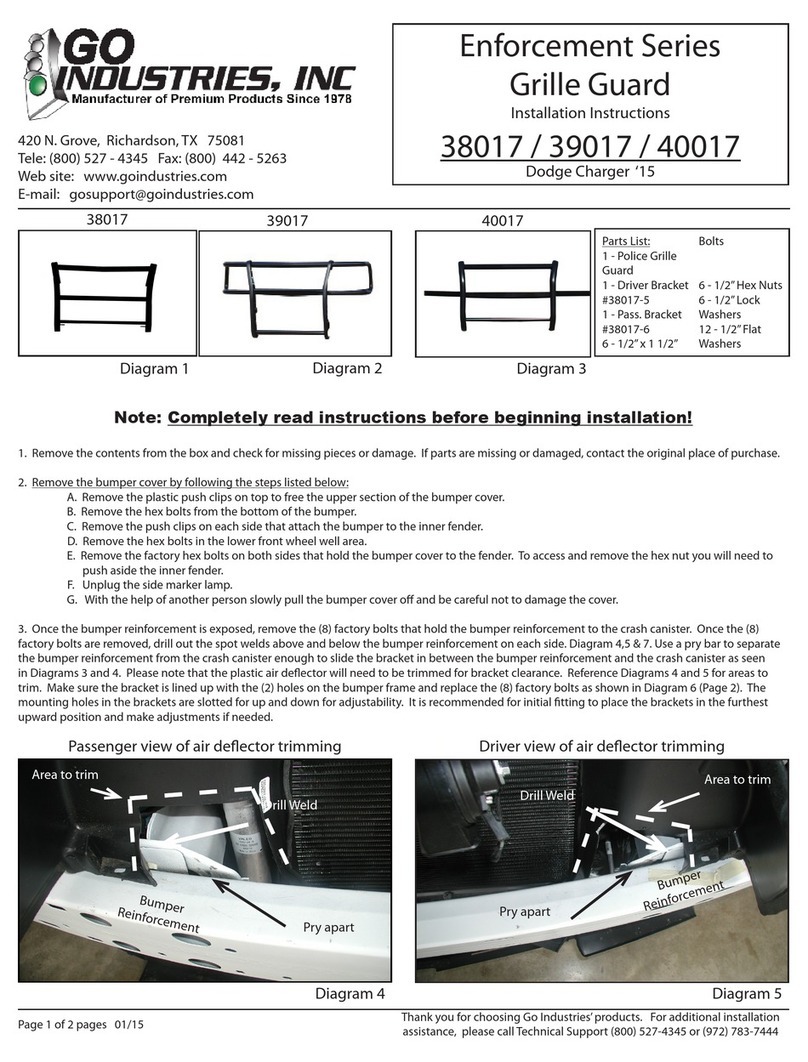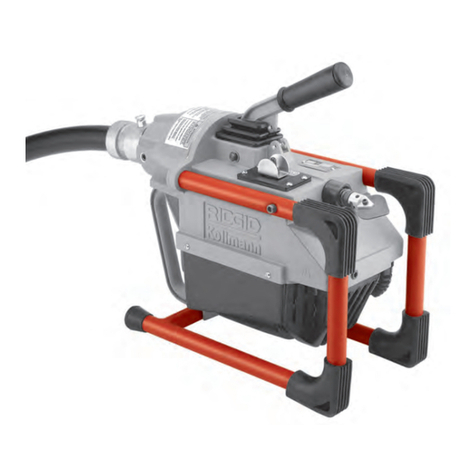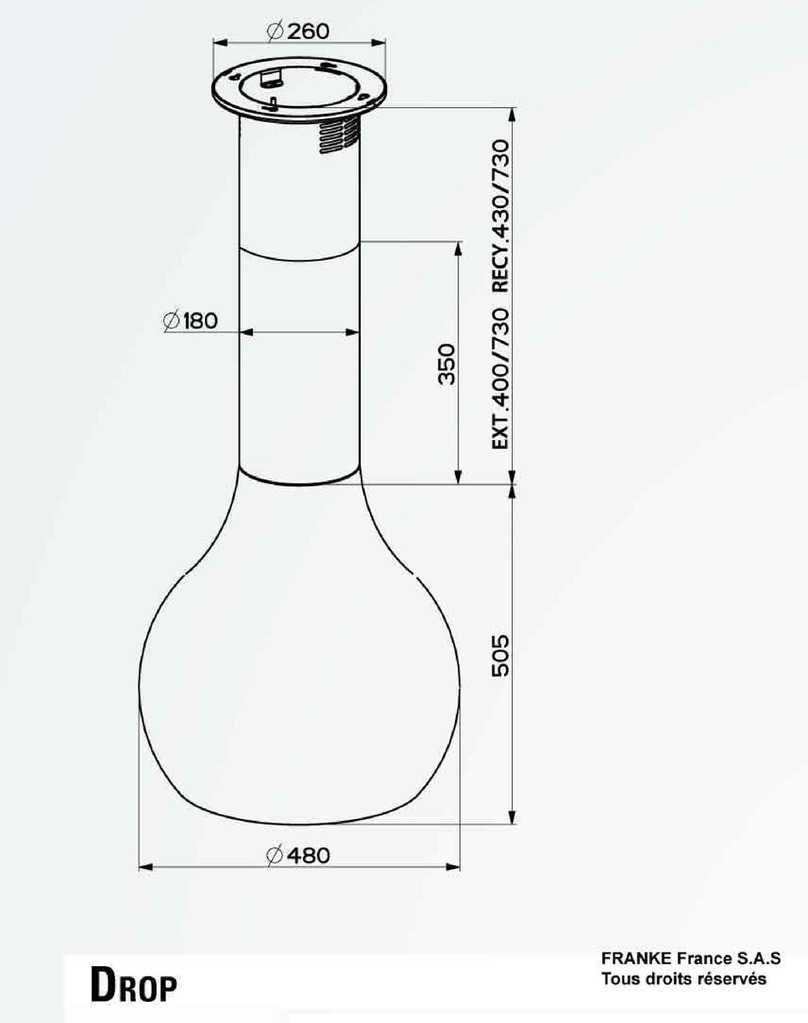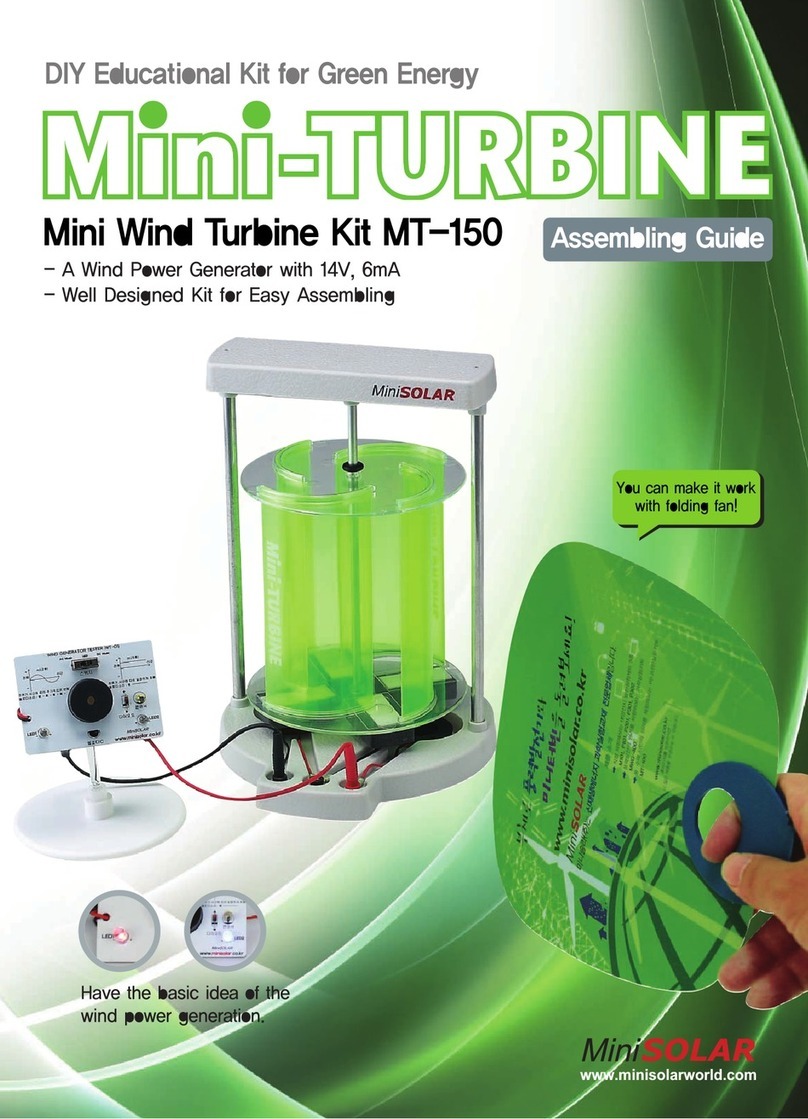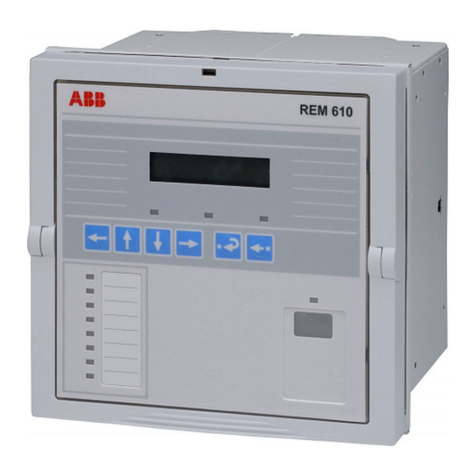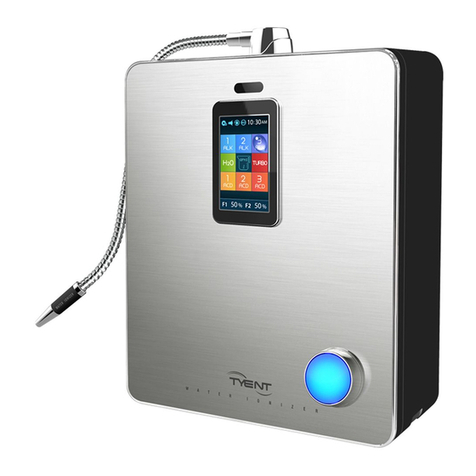GRT100
7
The following items are displayed on the LCD.
- Setting
- Metering
- Event records
- Fault records
- The number of disturbance records
- Any failure message detected by the automatic monitoring
Password protection can be provided from the setting
menu on the LCD to provide security for relay setting
changes. After the password has been set, the password
must be entered to access the setting menu from a
local or remote PC as well as on the LCD.
Details of metering, fault records, and relay failures can
be monitored by pressing the VIEW key. The VIEW
key can be pressed without removing the relay front
cover.
Arbitrary signals can be assigned to the four user
configurable LEDs.
Two monitoring jacks are operable when the test
mode is selected in the LCD window. An oscilloscope
can be connected to the relay through these jacks.
Selection of output signals to the monitoring jacks can
be set from the LCD menu.
Local PC
The user can communicate with the GRT100 from a
local PC via the RS232C port on the relay fascia. The
following data can be viewed or analysed on the local
PC with RSM100 software.
- Setting
- Metering
- Event records
- Fault records
- Disturbance records
Relay Setting and Monitoring (RSM)
GRT100 can be connected to the RSM system via
the RS485 interface at the rear of the relay. The user
can operate the relay from a remote PC in the same
way as from a local PC.
A maximum of 32 x 8 relays can be connected to the
remote PC in multi-drop mode, via the protocol
converter G1PR2. The G1PR2 can be provided with
maximum 8 ports and each port supports maximum
32 relays addressing.
The RSM100 software is also used to communicate
with the relay and to view or analyse disturbance
records on the remote PC.
The data transmission rate between relays and the
protocol converter is 64kbps.
Figure 9 shows the configuration of the RSM system.
Fig. 9 Relay setting and monitoring system
IEC60870-5-103 Communications
GRT100 supports the IEC60870-5-103
communication protocol. This protocol is used for
communication with a substation control and
monitoring system and is used to transfer measurand
data, status data and general commands between
the relay and the control system.
Relay Setting
The user can input or change settings using the
operation keys on the relay fascia or via a local or
remote PC with the RSM system.Password protection
is provided to change settings.
Eight active setting groups are provided. This allows
the user to set one group for normal operating
conditions while other groups may be set to cover
alternative operating conditions.
Configurable Binary Output Contacts
GRT100 provides 13 or 23 user configurable normally
open output contacts used for indication and alarm.
The number of outputs varies according to the relay
model.
Binary Inputs
GRT100 is provided with 8 binary inputs for trip
and/or indication of external protection devices, etc.
The binary input circuits are provided with a logic
level inversion function.
PROTOCOL
CONVERTER
G1PR2
Protocol converter

